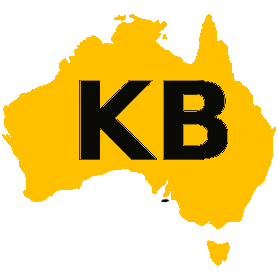What is a valve?
A valve is a device that regulates the flow of substances (either gases, fluidised solids, slurries, or liquids) by opening, closing, or partially obstructing various passageways.
As a general definition, valves are devices used to control, regulate and open/close the flow and/or the pressure of a pipeline and/or a piping system. Valves are highly critical and expensive components and one of the determining factors of pipelines reliability, safety, and performance.
There are many different types of valves, most often used in combination, which perform specific functions within the piping system or the pipeline.
The main types of valves used in the petrochemical and oil & gas industry are the following:
gate valve (API 600 cast gate, API 602 forged, API 603 cast stainless steel gate, API 6D expanding gate, API 6D slab gate valve, knife gate valve, pressure seal gate valve, etc.)
globe valve (BS 1873 cast globe valve, API 603 stainless steel globe valve, API 602 forged globe valve, y-globe valve, pressure seal globe valve…)
check valve (swing check valve, piston check valve, ball check valve, spring check valve, pressure seal check valve, etc.)
ball valve (floating, trunnion)
butterfly valve (concentric, double eccentric, triple eccentric)
strainers (y-shape, t-shape or basket strainers)
plug valve (API 6A plug valve, API 6D plug valve)
pinch valve
pressure relief/safety valve
diaphragm valve
control valves (ball, butterfly and globe type valve)
cryogenic valves (used when the operating temperature falls below 100° F – 73° C).
others less
Thousands of possible valve specifications are possible, originating from the combinations of mutliple parameters such as valve type, subtype, size (bore size and class), manufacturing norm (main ones are ANSI/ASME and EN/DIN), body and trim materials, type of valve operation (manual or actuated), etc. In terms of valve body construction, valves are classified in cast and forged type (forged bodies are used for valves below 2 inch. or for larger valves that require specific mechanical performance). Finally, valves may be operated manually (levers, wheels, gears) or via an automated actuator (the main types of actuators are: electric, pneumatic, hydraulic and gas over oil).
Standard valves are generally available on the market via distributors that stock products from global manufacturers. Custom, big-size and exotic materials valves follow instead the “make to order” manufacturing process and are sold directly from producers to end users and EPC contractors. The last distribution channel is the online valves websites, that are gaining traction for a couple of years.
Photos



Valve Types
- Air Valve
- Ball Valve
- Butterfly Valve
- Check Valve
- Control Valve
- Duckbill Value
- Foot Valve
- Gate Valve
- Globe Valve
- Needle Valve
- Penstock Valve
- Plug Valve
- Pressure Reducing Valve
- Pressure Relief Valve
- Pressure Sustaining Valve
- Reflux Valve
- Stop Valve
